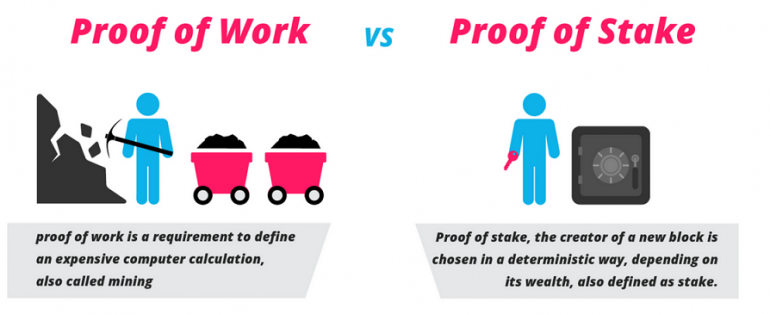Blockchain technology is really a great invention. It is a new technology that has been created and is used to make Bitcoin and other cryptocurrencies. There is no doubt that the future of this new technology will change everything we know today.
What is an NFT?
An NFT is a digital collectible created by transactions on a blockchain. Blockchains are made up of all kinds of transactions that need to be authentic. Some of these transactions are big and complex, requiring huge amounts of energy. When an artist mints an NFT, all the blockchain needs to do is track who owns it and record the location of the media file. The actual file is not stored on the blockchain. It’s a relatively small transaction with significant savings on energy costs.
Read also: Can you print NFT art?
People often ask about “Is NFT Good For the Environment?”
There’s no simple answer. So let’s break it down:
Blockchain Environmental Impact
Blockchain technology is certainly a great way to store information securely, but it’s also very wasteful of energy. And in some cases, it can be a lot. But this isn’t really an argument against the NFT technology. It’s more so an argument against Ethereum mining.
And to understand what I mean, let’s take a super quick look at the relationship between NFTs and environmental damage because it’s not as clear-cut as you might think. Ethereum is a train that runs on a predetermined schedule. These blocks are created and verified by the network regardless of how many transactions are happening. The process for verifying a block with many transactions is the same as for a block that has zero transactions. The main difference is that you’re making new transactions, which does take energy. So technically, minting an NFT does use up some energy. The Ethereum network is not immune to the Bitcoin network’s effects, which is one of the reasons why many people look to the more efficient, and thus more decentralized, blockchain to implement their business.
The peak activity for NFTs happend in August, which is when the price for Ethereum also peaked. So, while there is no direct correlation between the Ethereum price and the volume of NFTs being traded, there is a connection between the price and the amount of transactions that are happening on the network.
Because, in reality, entities still make up only a small portion of the activity on Ethereum. So there is a relationship, but it’s not as clear cut as just saying that NFT minted on Ethereum translates into X amount of CO2. Ok, but going back to an earlier point, this is mostly a criticism of Ethereum, not of NFTs as a technology. And if we look at the NFT landscape, we can see that focusing on Ethereum doesn’t tell the whole story.
Proof of Stake Bockchains – More Energy Efficient
Alongside Ethereum, we have other blockchains that use proof of stake or in the case of Solana. So these are real active ecosystems. In addition to proof of stake, it has also used proof of history, which uses far less energy than Ethereum. Solana has also created a market valued at more than a billion dollars. Solana has an NFT ecosystem that’s being used on the Ethereum platform. Ethereum is not the first cryptocurrency to go to a proof-of-stake model, and that’s one of the reasons why there’s been so much pushback against the project. It’s important to remember that in the long run, this model will actually help Ethereum become more energy-efficient and therefore better for the planet. From a user experience point of view, Ethereum does make up a large portion of the energy market, and I think from an ethical standpoint, both creators and buyers should start accelerating their move to these cleaner solutions.
Well, let’s also not pretend that the people who are putting the most pressure on this issue are, like, totally unbiased. There’s a reason why we’re hearing such a militant view on this issue to a degree that far outweighs a response that we give to other forms of energy usage in society. And that’s because hidden behind these environmental critiques is a value judgment about NFTs themselves. There’s a reason why they don’t call for nuanced resolutions like supporting more L1 blockchains, and instead they just call for a complete shutdown of NFT adoption in general. And that’s because hidden behind these environmental critiques are a value judgment about NFTs themselves. And what I mean by this is that when we consider an activity to be valuable, we call it a reasonable use of energy.
Conclusion
Yippee! People often incorrectly believe that NFTs are bad for the environment. NFTs aren’t the issue. The blockchain that powers the NFT lives on what matters. There are some NFTs that use proof of work. That means there’s a competition to see who can consume the most energy crazy, right? However, if NFTs didn’t exist, these chains would still be bad for the environment.
So, you shouldn’t blame the artist or their NFTs because there is proof of work that chains were their only option in the past.
However, NFTs aren’t bad for the environment. It’s the blockchain that’s bad for the environment.
Read also: How Much Does It Take To Create An NFT


